WHY JAPAN IS EMILY SHUR’S MUSE
Emily Shur has been photographing Japan since 2004, when—on a lark—she joined her parents for a trip there when she was in her 20s. She’d never been to Japan before, and it’s safe to say the country had her at “konnichiwa.” She immediately felt a kinship, and for the 10 days that followed she explored it with her camera. Japan has been an essential part of her life ever since. When she got married, in 2006, she and her husband honeymooned in Japan. It was his first time there, and like Emily, he was smitten—a harbinger of both marriage compatibility and the many return visits they would be making. Emily has been going back to Japan at least once a year for the past 16 years, getting to know the Land of the Rising Sun through her lens. For this issue of Gigantic, she shares why she finds Japan inexhaustibly inspiring, and why the images you see here are especially resonant for our Stay issue.
—Kristina Feliciano
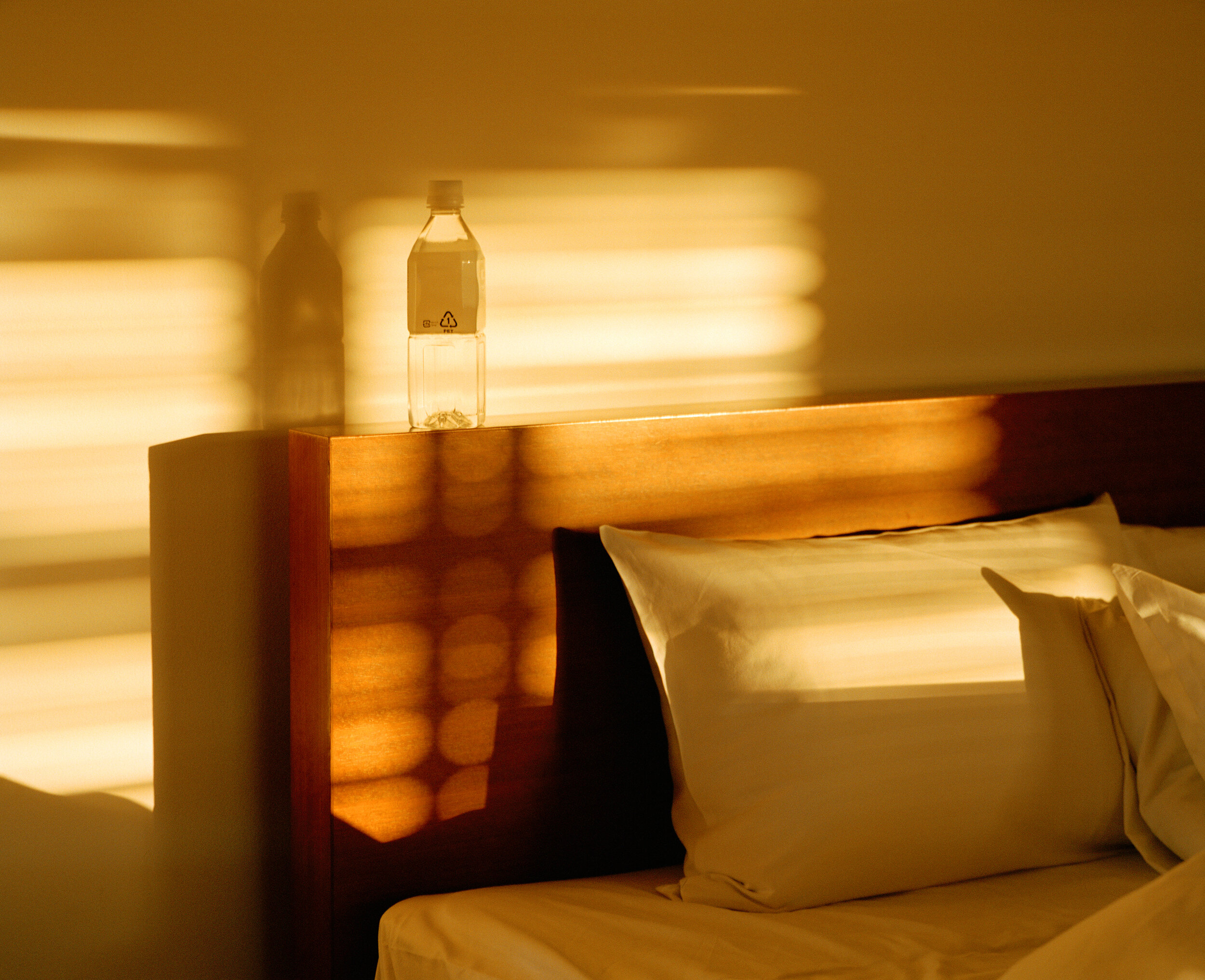
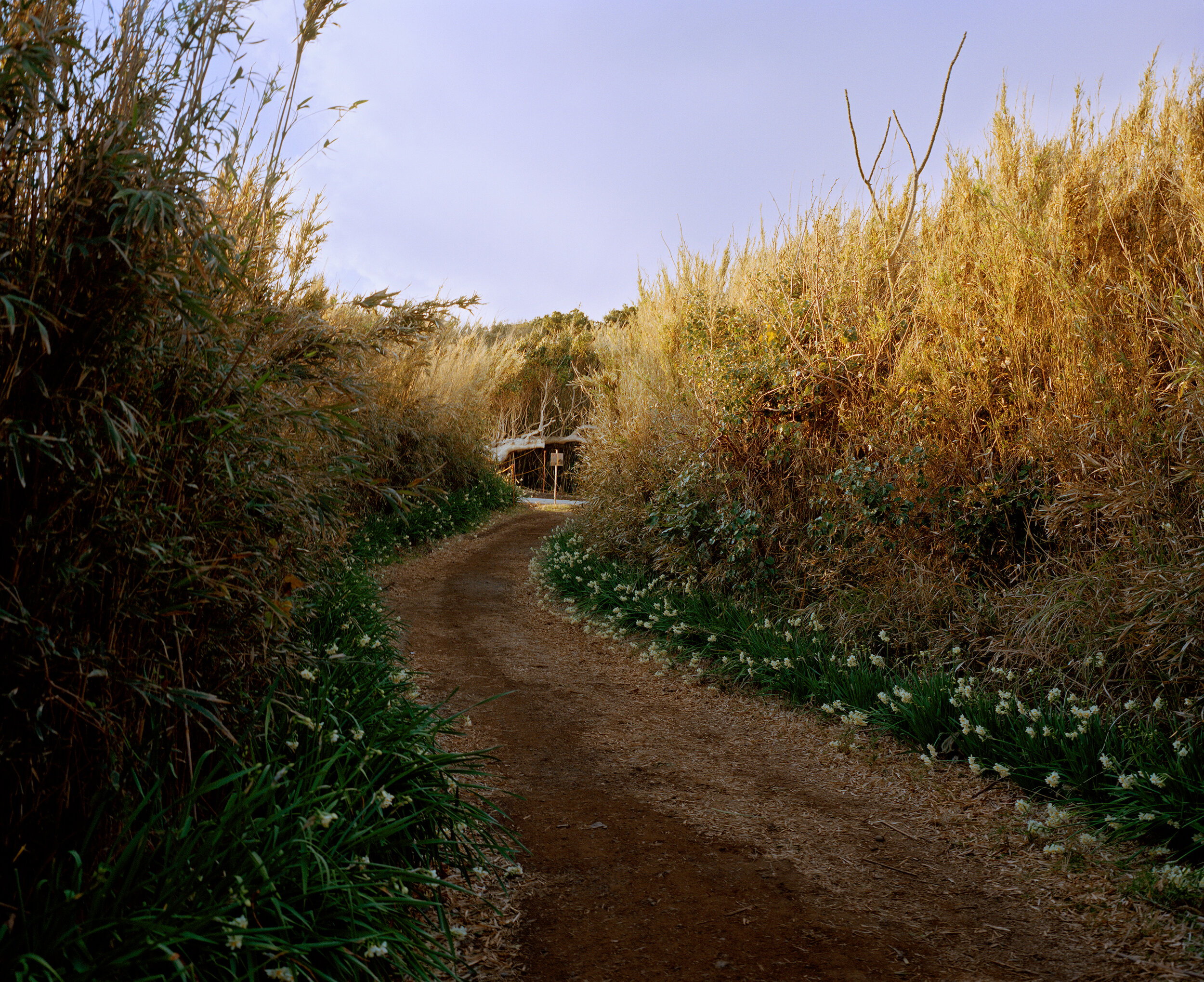
Tell us about that first visit to Japan in 2004.
My trip with my parents was interesting because it was 10 days, and five of them were for Dad’s conference—he was a research scientist—in Ise-Shima, a fairly remote area that was popular with Japanese tourists but definitely not a place that an American person would normally go their first time. The other five days, we were in Tokyo. The trip wound up being an interesting confluence of all of the things I’ve come to love about Japan: the rural and the urban. I just felt a connection with it—it’s like meeting someone and instantly feeling like you like them. I was like, “Oh, yeah, this is it. This is my place.”
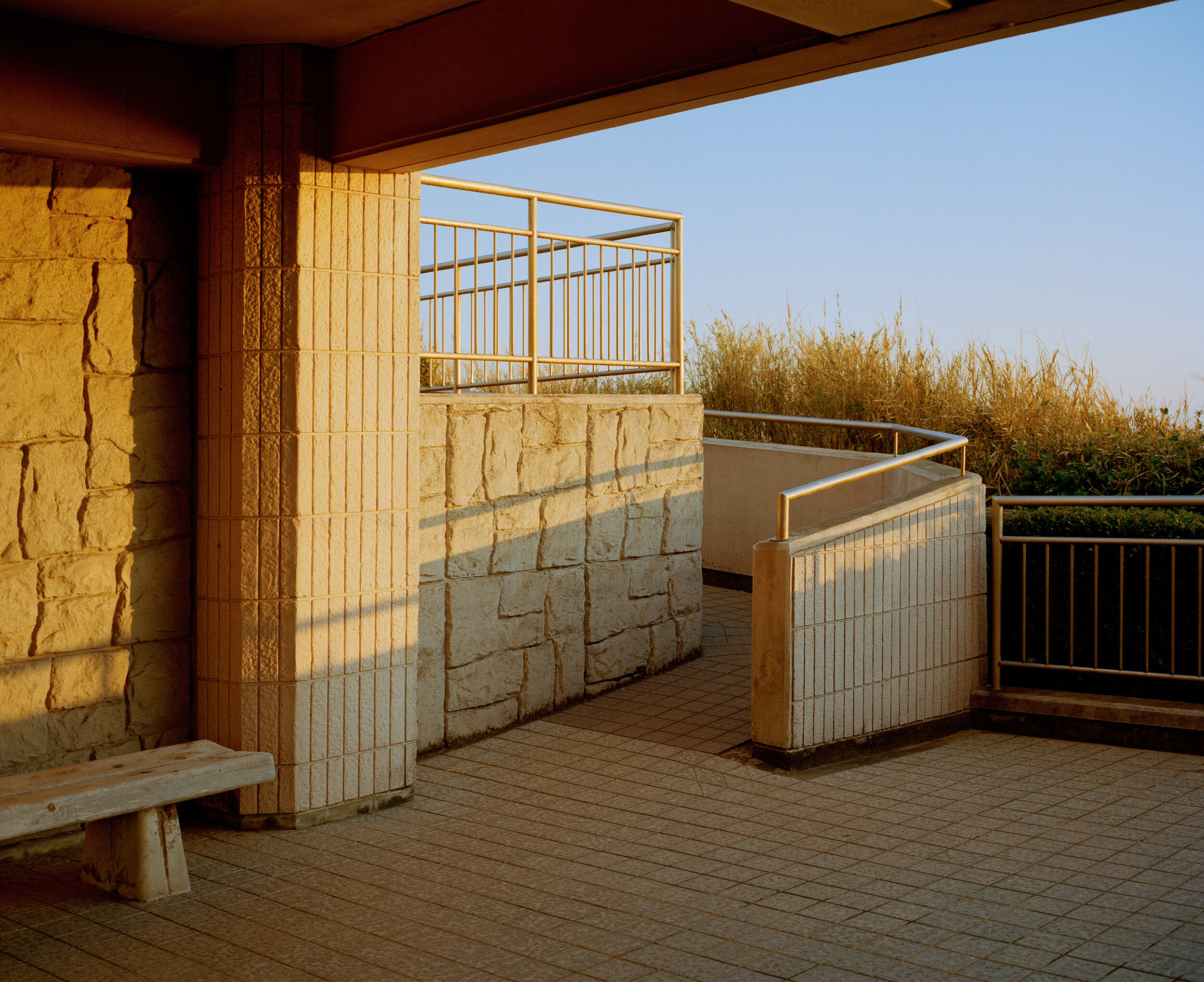
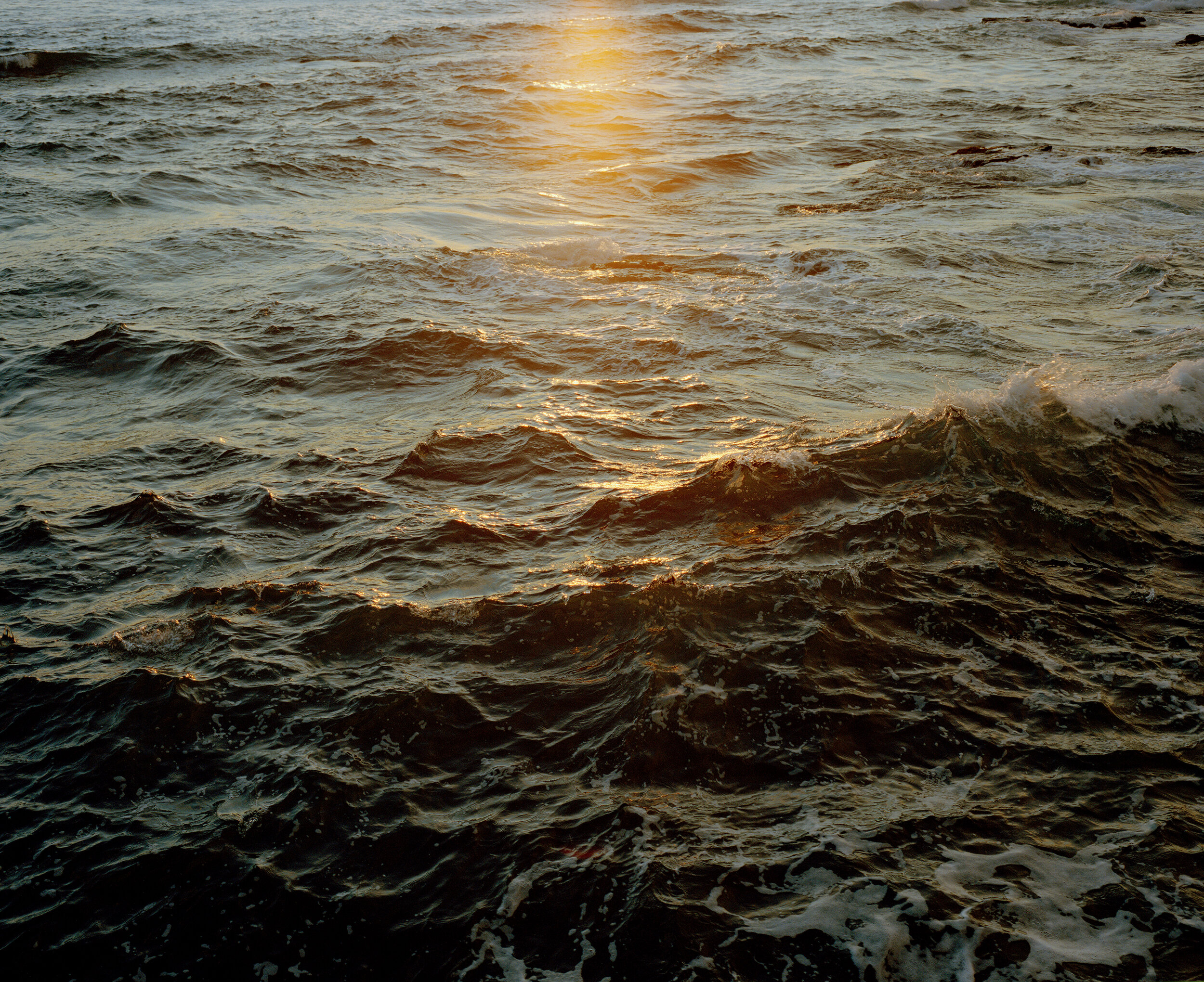
How do you approach photographing it?
All of the pictures I take there are found moments. They’re not set up in any way—I’m not lighting anything, and I don’t use a tripod. I’m just walking around with my camera. For me, it’s a very natural way of taking pictures.
I’ve been serious about photography since I was in high school—I’ve been taking pictures for longer than I’ve not been taking pictures. Photography has shaped how I experience life. Yes, the camera could be seen as a barrier, but it also opens up so many things. You’re paying so much more attention because of the camera.
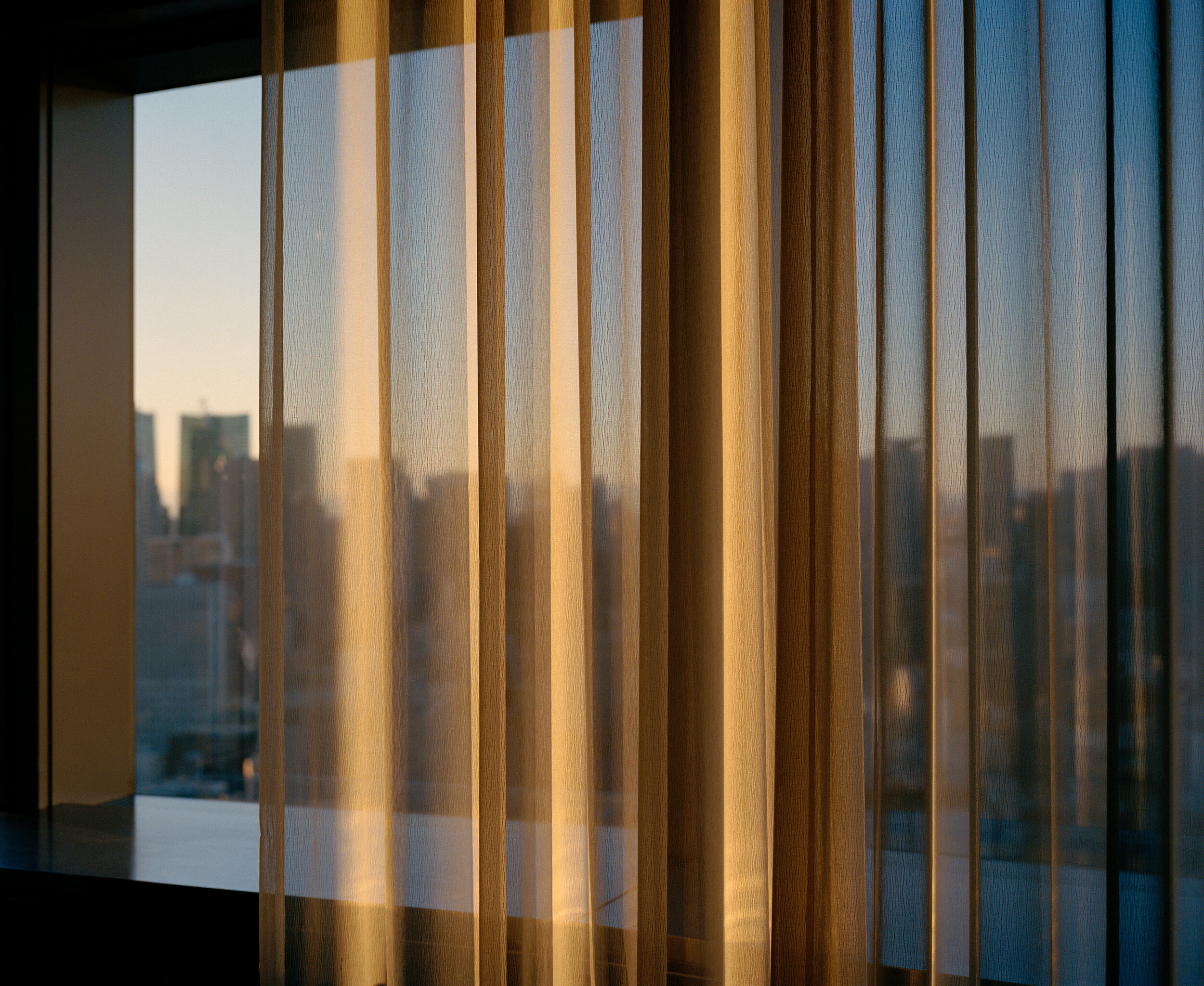
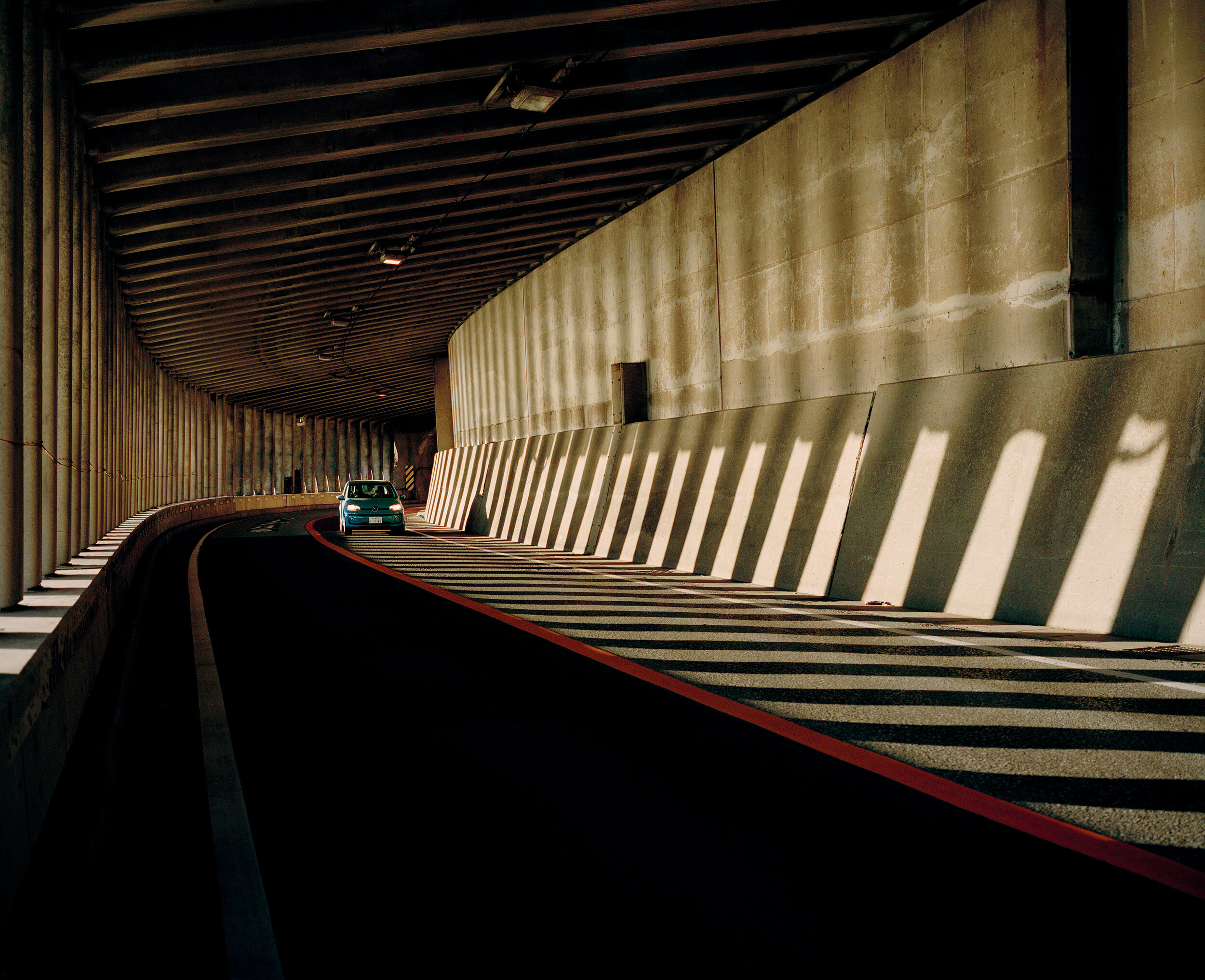
How has the way you shoot Japan changed over the years?
My subject matter has and hasn’t changed. In the beginning, I was taking more expected pictures of “Japanisms.” My photos were more bright and shiny. Then I started to get more interested in what it is I really enjoy about being there, which is not tourist attractions. It’s more about a feeling—how I feel there. Noticing smaller and quieter details of what I find really beautiful or peaceful or absurd. I began honing in on those subtleties. I’ve began making images that are more nuanced and intimate. I’ve had trips that haven’t resulted in any or very many good pictures, but I keep going back. And then I’ll have a trip where it’s amazing and I feel like I’ve hit the jackpot. The country is always inspiring to me, and when it stops being inspiring, maybe we’ll stop going or going as often. For now, I still find myself discovering new things there.
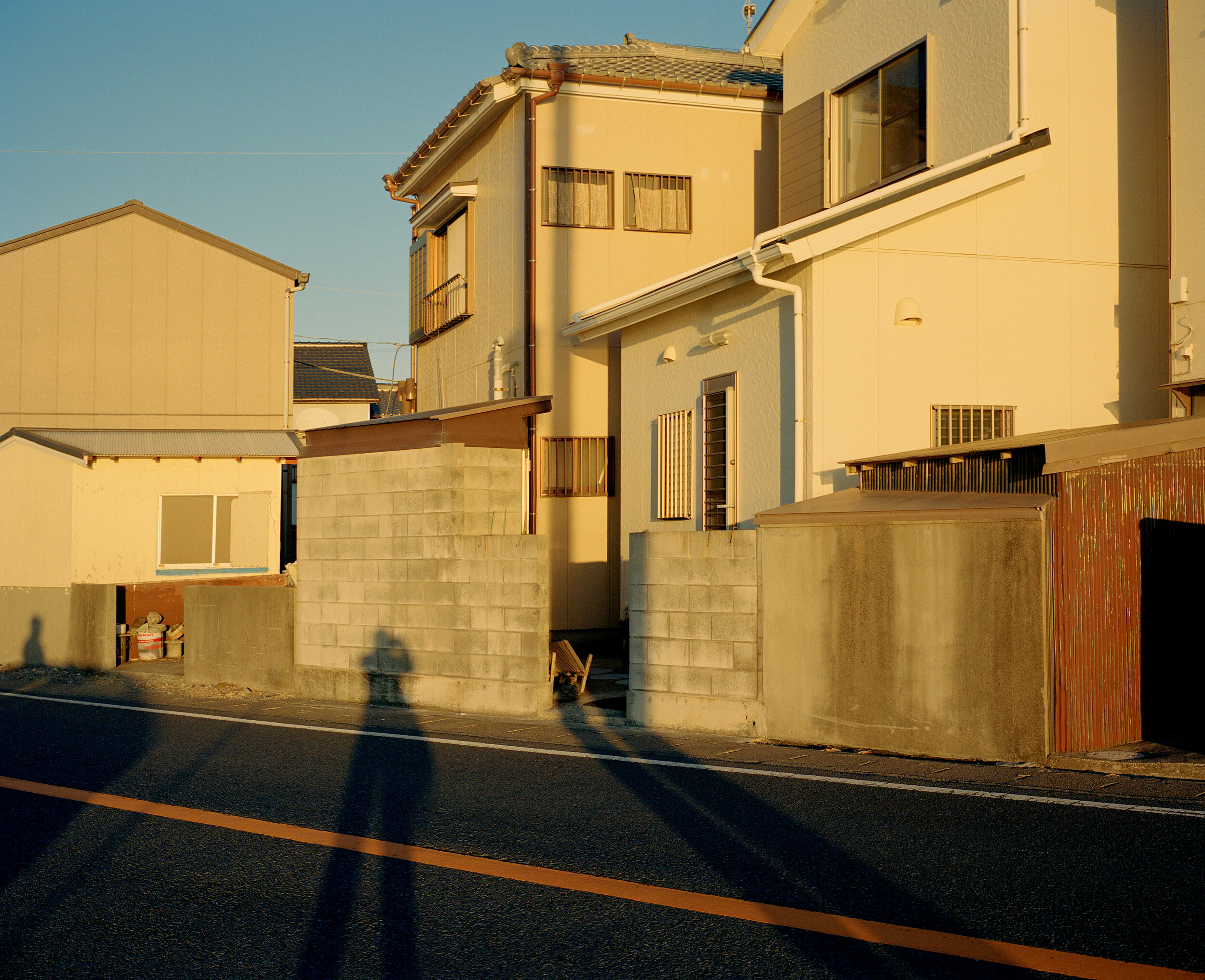
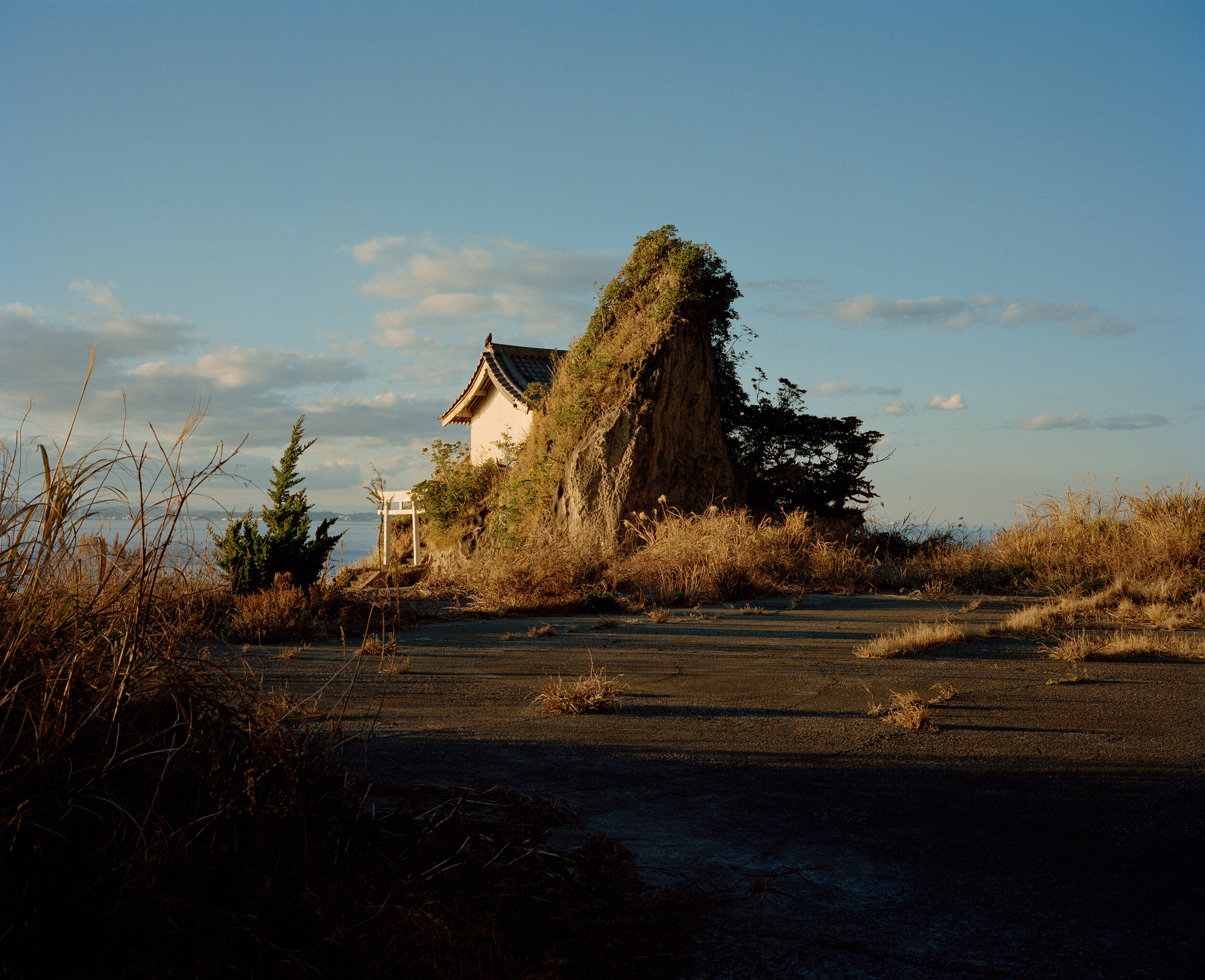
For our Stay issue, you chose to present a selection of unpublished images from your 2018 and 2019 trips to Japan. Why these images in particular?
In Japan, I always shoot with the same camera and always on film, so it requires a decent amount of time to properly “finish” the images after I get my film back, with all the scanning, cleaning up of the scans, color work, etc. The past few weeks, as we’ve all been under the “safer at home order,” I’ve had the time to go through my photos from the last two years. When I was looking at these images, I thought about how so much of the work I make in Japan is pretty solitary and quiet—a lot of empty spaces and singular figures. My Japan photos have always been that way, but the images take on a little bit of a different connotation now.

